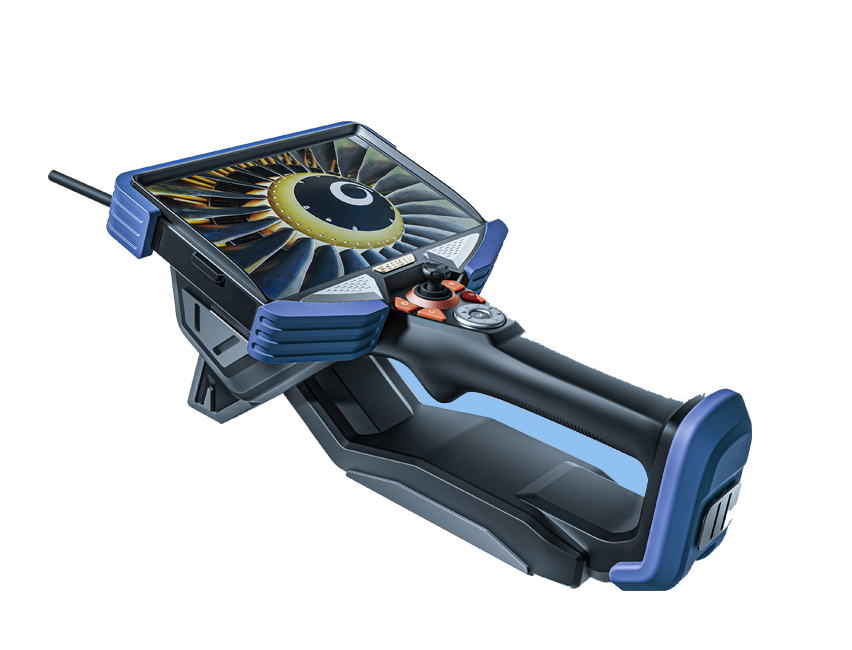The Significance of Industrial Videoscopes in Modern Industry
In the realm of modern industry, the role of industrial videoscopes cannot be overstated. These versatile inspection tools have become indispensable for non-destructive testing (NDT) and visual inspection across various sectors. This article will delve into the significance of industrial videoscopes, their operational principles, and their applications in contemporary industry.
Operational Principles:
Industrial videoscopes are optical inspection devices designed to reach and visualize inaccessible or hard-to-reach areas. They consist of a flexible insertion tube with a miniature camera at the tip and an attached display unit. The insertion tube can be maneuvered through tight spaces or inside complex machinery, while the camera captures real-time images or videos of the inspected area. These images are then displayed on the monitor for analysis.
The videoscope’s flexibility, illumination capabilities, and high-resolution imaging allow inspectors to detect defects, corrosion, foreign objects, and other anomalies without the need for disassembly or destructive testing. This non-invasive approach not only saves time and money but also enhances safety by minimizing equipment downtime.
Applications:
The applications of industrial videoscopes span numerous industries, and their adaptability makes them an invaluable asset. Here are some key sectors where industrial videoscopes play a pivotal role:
- Aerospace: In the aviation and aerospace industry, videoscopes are used to inspect the interior of aircraft engines, airframes, and hydraulic systems. They aid in identifying potential issues that could compromise safety and performance.
- Automotive Manufacturing: Videoscopes are employed for quality control and maintenance of automotive components, such as engines, transmissions, and exhaust systems. They help ensure the integrity and reliability of critical parts.
- Oil and Gas: Videoscopes are crucial for inspecting pipelines, storage tanks, and drilling equipment. They assist in monitoring corrosion, cracks, and weld integrity in harsh and remote environments.
- Infrastructure Maintenance: Videoscopes are used to assess the condition of bridges, tunnels, and other infrastructure assets. They help identify structural defects and prevent costly repairs or accidents.
- Pharmaceutical and Healthcare: In the pharmaceutical industry, videoscopes are used for equipment inspections and cleanliness validation in sterile environments. In healthcare, they aid in minimally invasive medical procedures and endoscopic examinations.
- Construction: Videoscopes are employed for inspecting hard-to-reach areas in building structures, ensuring the quality and safety of construction projects.
- Security and Law Enforcement: Videoscopes are used by law enforcement agencies for inspecting suspicious packages, conducting search and rescue operations, and performing tactical inspections in hazardous situations.
Conclusion:
Industrial videoscopes have revolutionized the way we inspect and maintain critical assets across various industries. Their non-invasive nature, high-resolution imaging, and flexibility make them indispensable tools for ensuring safety, quality, and efficiency in modern industrial processes. As technology continues to advance, industrial videoscopes will likely play an even greater role in shaping the future of industry.


